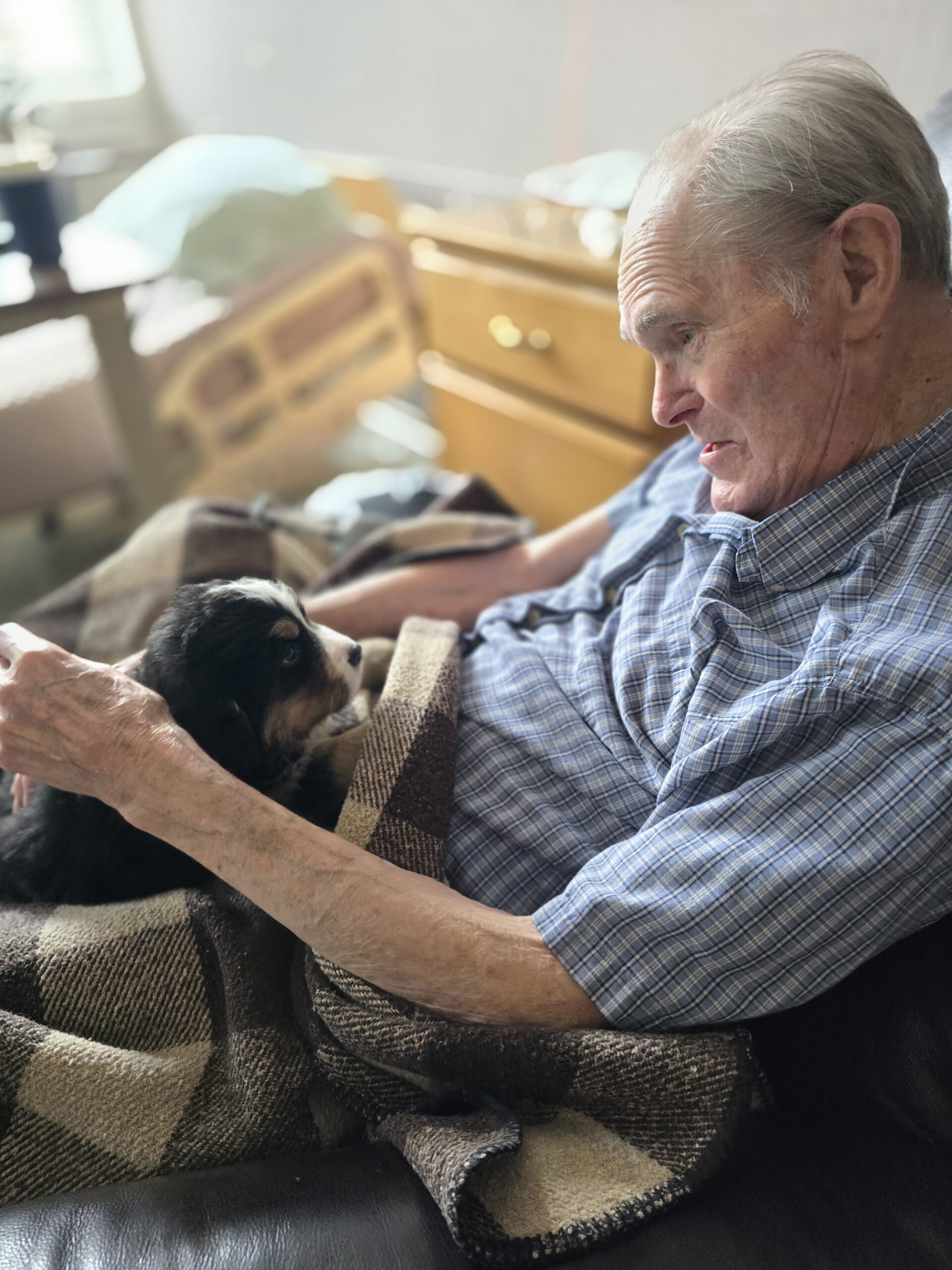The Flex Program has two goals
- To provide training and support to Critical Access Hospitals (CAH) as they seek to improve services.
- To support hospitals seeking a CAH designation.

Critical Access Hospital (CAH) Designation Requirements
- The standard location of a CAH is more than a 35-mile drive on primary roads (or, in the case of mountainous terrain or areas with only secondary roads available, a 15-mile drive) from another hospital.
- CAHs maintain no more than 25 inpatient beds, which may be used for either inpatient or swing-bed services.
- CAHs provide acute inpatient care for a period that does not exceed 96 hours per patient on an annual average.
- Additional information regarding CAH designation can be found in the Code of Federal Regulations (CFR), and Wyoming license information and application can be found Here.
Critical Access Hospital Telehealth Guide (click here)
(by National Rural Health Resource Center 2024)
Submission Deadlines – Click Here
- Starting in the calendar year 2025, hospitals will collect data to report on the updated MBQIP core measure set as part of the Flex Program.
- The MBQIP Measures Continuing from Prior Years and the Measures Being Added can be found Here
QI Roundtable- Social Drivers of Health 
- Recording Can be Found Here
- Passcode: %CiSU5%h
Past Roundtable: Health for Communities
- This meeting focused on reporting, hospitals’ responses to the survey questions, and the next steps.
- Recording Can Be Found Here
- Passcode: q86nvs@i
Joint Commissions National Patient Safety Goals
Effective January 1, 2025
Included below are links to the 2025 National Patient Safety Goals for the Critical Access Hospital Program
Financial & Operational Resources

Wyoming Financial Roundtables
Wyoming CAH Success Stories – Johnson County Health, Powell Valley Healthcare, Three Rivers Health
Great presentations by three amazing CAHs in Wyoming.
The recording can be found here! Passcode: 0y6p*7K!
Financial Roundtable April 16, 2025
This meeting featured Niobrara Community Hospital and Dana Gilleland (CEO), who talked about their decreased days in A/R, 96% collection ratio, and other big changes they are making in Lusk as well as changes in other CAHs.
Rural Emergency Hospital (REH) Designation
Wyoming Healthcare Licensing and Surveys will add the REH designation through a change in Rules, but this has not occurred as of January 2025.
The Rural Emergency Hospital (REH) is a new Medicare provider type created to address the growing concern over rural hospital closures. The Rural Emergency Hospital (REH) Technical Assistance Center offers education concerning the new REH designation, including eligibility (does an organization meet the REH requirements), assessment (assess the benefits and downsides of conversion, including financial and operational analysis), assistance with the application process, assistance with implementing operational and staffing changes, and post-conversion support.
REH Resources
Ken Harmon (kh@rhrco.org) is the technical assistance coordinator for Wyoming.
Final Rules Published for Medicare – Updates from Noridian
Timeframe for Prior Authorization Decisions
CMS recently changed the review timeframe that a Medicare Administrative Contractor (MAC) has for prior authorization decisions. This timeframe has changed from 10 business days to seven business days. Expedited requests will remain unchanged.
You can view the Noridian Medicare Portal Eligibility & MBI Lookup Tool webinar on the Webinars on Demand Feature for Jurisdiction E and Jurisdiction F.
Flex Scholarship Program
Open
Who can apply?
- Wyoming Flex Program scholarship funds are available to support anyone working at a Wyoming Critical Access Hospital that reports Medicare Beneficiary Quality Improvement Project (MBQIP) Measures.
- Flex scholarships are also available for all rural Wyoming Emergency Medical Services (EMS) personnel—they do not have to be attached to a CAH.
- Funds are reimbursed to the CAH or independent EMS personnel upon receipt of all documentation. The full process can be found here.
- For information on scholarships or MBQIP please contact the Flex Program Manager.
What can scholarships be used for?
Training scholarships must advance one of the Flex program goals: quality, finances, operations, population health, or EMS improvement.
Approval Process
All scholarships need to be submitted by the organization’s point of contact. The funds will be approved based on availability and how closely they fit the Flex Program goals. Scholarships cannot be used for hands-on training with patients.
Application Link
This project is/was supported by the Health Resources and Service Administration (HRSA) of the U.S. Department of Health and Human Services (HHS) under grant number U2WRH33330-01-00 Medicare Rural Hospital Flexibility (Flex) Program and 0% financed with nongovernmental sources. This information or content and conclusions are those of the author and should not be construed as the official position or policy of, nor should any endorsements to be inferred by HRSA, HHS, or the U.S. Government.

